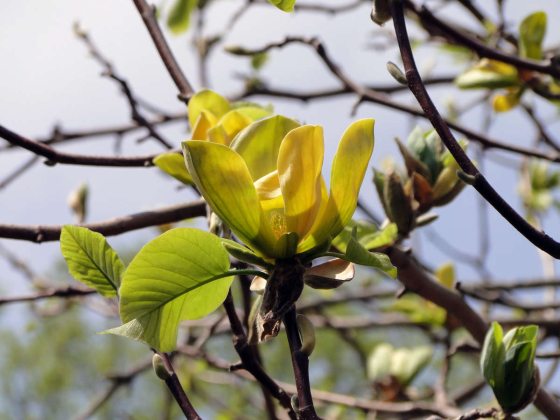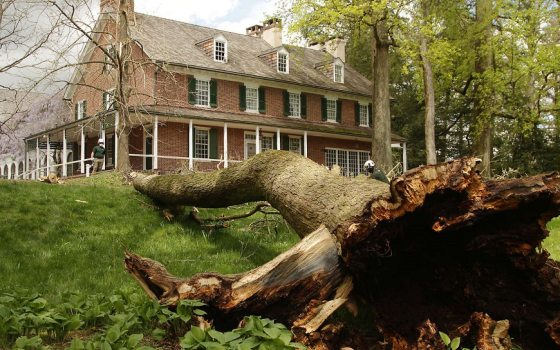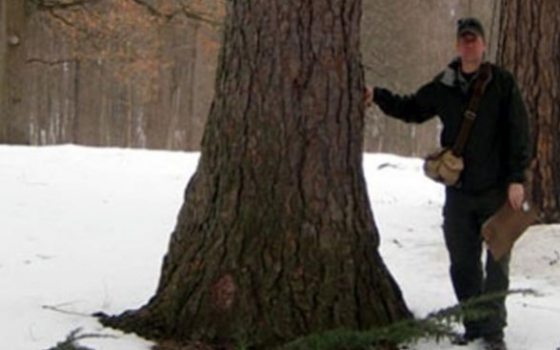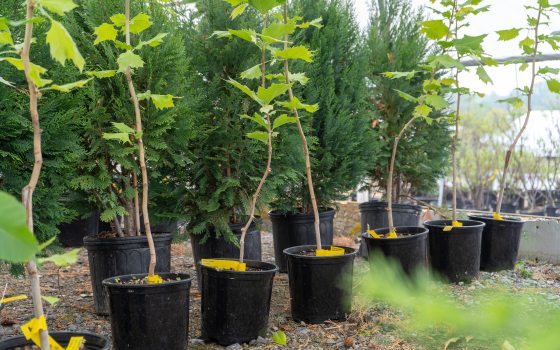It is with heavy hearts that we must say farewell to a fallen friend. During the strong wind gusts experienced in our region on April 30, our beloved yellow cucumber magnolia (Magnolia acuminata var. subcordata ‘Peirce’s Park’) fell within feet of our Peirce du-Pont House. This magnificent tree, thought to be nearly 200 years old, was the first tree at Longwood to be designated a state champion tree, meaning it was deemed the largest of its kind of Pennsylvania—and then went on to be deemed the largest in the nation. Beyond its significance as a champion tree, the yellow cucumber magnolia has long served as a symbol of Longwood’s legacy and we will miss it dearly. Its legacy, however, will live on—and not just in our hearts. Happily, in recent years we have propagated this beloved tree and planted resulting trees throughout the Gardens—meaning these new trees will honor their fallen ancestor in the form of new growth and a strong future.
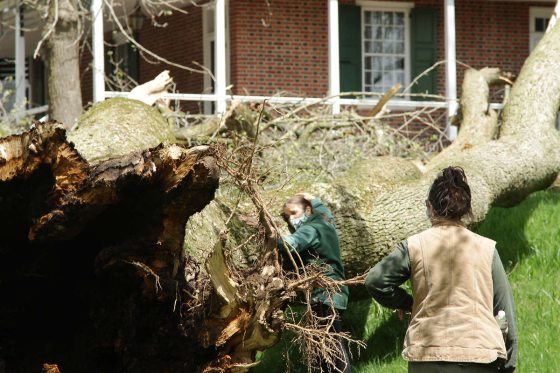
Native to the southeastern United States, the yellow cucumber magnolia is known for its unique yellow-green flowers. At the time of its fall, our tree measured a towering 86 feet in height … and its history can be traced back to the very person who discovered yellow cucumber magnolias. In 1788, French explorer Andre Michaux discovered this species in South Carolina, and it’s from this man that the Peirce brothers procured this specific tree, most likely with the help of either John Bartram or William Hamilton, owners of two prominent Philadelphia gardens. The Peirce family planted this tree sometime between 1798 and 1830. The 1853 edition of the American Handbook of Ornamental Trees noted the “very fine” specimen as having a girth of 4 feet, much smaller than its 13-foot girth at the time it fell.
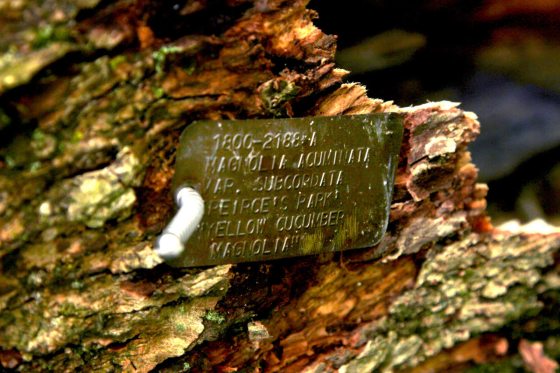
Our yellow cucumber magnolia was planted only 8 feet from its neighboring Gingko biloba, with both species introduced into cultivation in America and distributed at about the same time. The yellow cucumber magnolia and the gingko are likely of similar age and from the same source; William Hamilton is also credited with introducing gingko into the United States.
Our dedication to the health and wellbeing of our tree collection dates back to the founding of Longwood Gardens, when du Pont purchased the property in 1906 to save the historic trees planted in Peirce’s Park to being cut for lumber. Today, we continue to dedicate ourselves to the health and preservation of the trees throughout our Gardens, following a detailed tree management plan that guides the care of our historic trees.
Our Specimen Tree Replacement Plan serves as one facet of that detailed tree management plan. Through the Specimen Tree Replacement Plan, we preserve the germplasm, or genetics, of original trees dating back to the 1800s, state champion trees, and those valuable to the aesthetic landscape of our Gardens. By propagating and cloning those trees, we create genetically identical specimens to be planted and, such as in this case, live on in another form should disaster occur. Due to the size of our state champion trees, they cannot be immediately replaced as tree growth is a slow process, but their adapted and valuable genetics can be cloned to ensure the best traits endure for centuries to come.
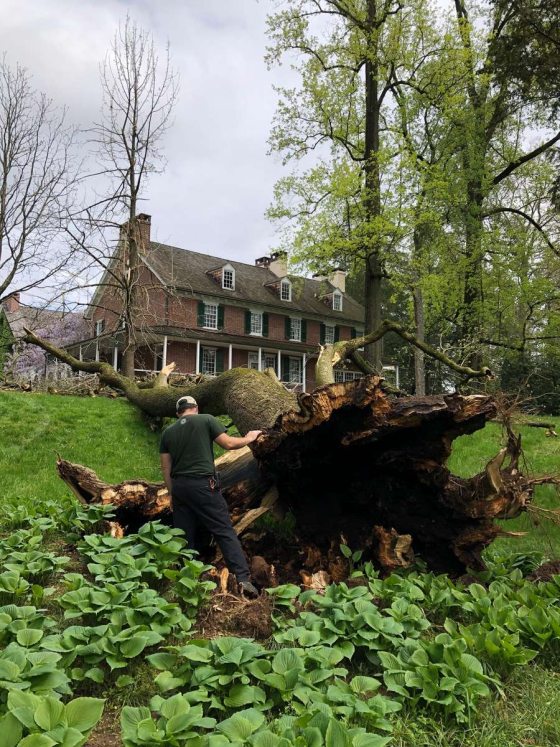
Thankfully, in 2008 we propagated the yellow cucumber magnolia and as a result have planted three propagules of the fallen champion in Peirce’s Park, near the Sylvan Fountain, and at the edge of the Orchard at Longwood. Following the heartbreaking loss of our state champion tree, our three younger yellow cucumber magnolias lovingly planted throughout our Gardens will now serve as an even greater tribute to their parent tree. One of the ongoing goals of our Specimen Tree Replacement Plan is to distribute germplasm with other public gardens and horticultural organizations in the event of a destructive event, such as the wind that downed our tree. We have given some of the resulting yellow cucumber magnolia trees to other organizations across North America … meaning even more will be able to appreciate the beauty and legacy of our original yellow cucumber magnolia in even more locations.
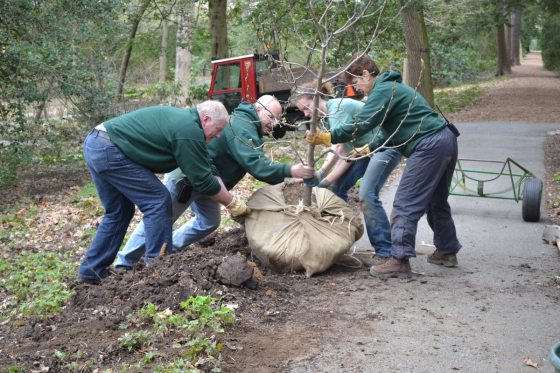
Now—more than ever—we strive to support the mission of Longwood, honor du Pont’s love of those trees, and continue our steadfast care for not only the original tree collection, but all the trees that call Longwood home. And when we gaze at our younger yellow cucumber magnolias and think about where they came from, we will look upon them with as much love, care, and dedication as we will always feel for our original champion.
